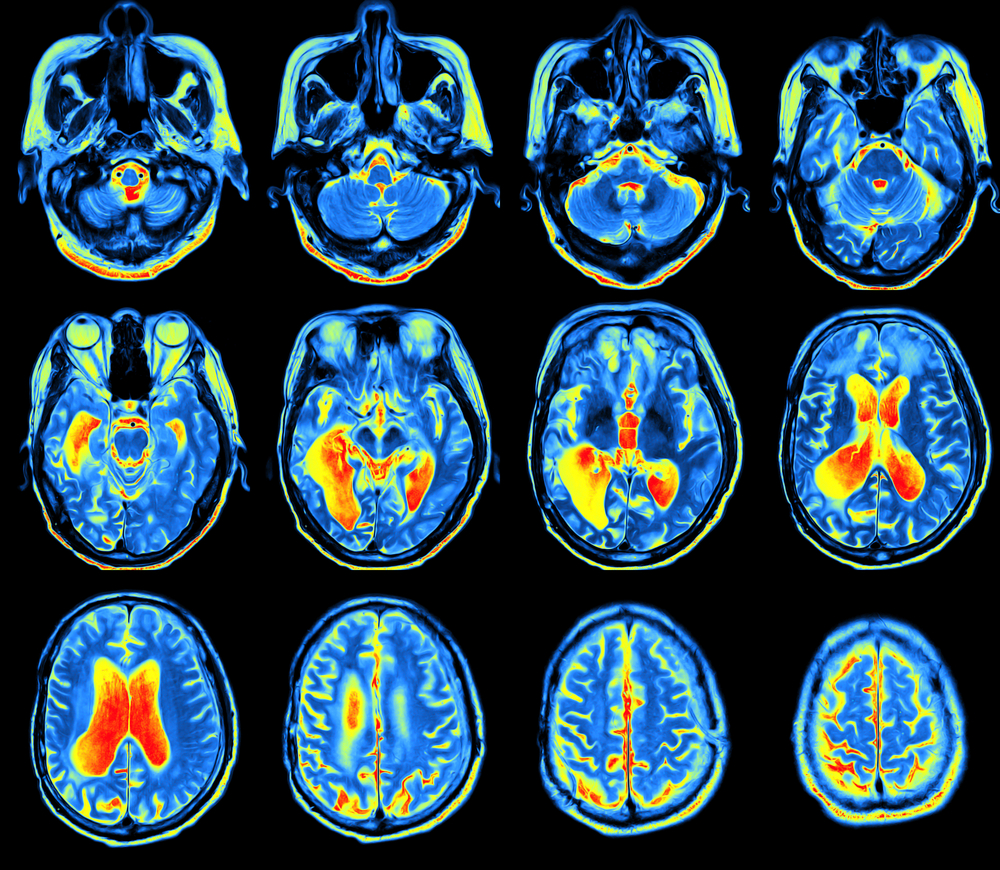Alpha-Synuclein PET Tracers Identified with Potential to Track Parkinson’s Progression, AC Immune Says

Tracer compounds with high affinity and selectivity to alpha-synuclein deposits have been identified that could be used to detect and track Parkinson’s disease progression, AC Immune announced.
Findings were recently presented in the study, “Identification and Characterization of Selective and High Affinity Small Molecules for Positron Emission Tomography (PET) Imaging of Pathological Alpha-Synuclein,” during the 14th International Conference on Alzheimer’s and Parkinson’s Diseases and related neurological disorders (AD/PD 2019) in Lisbon, Portugal.
In the brains of Parkinson’s patients, there is a buildup of a protein called alpha-synuclein that forms clumps known as Lewy bodies, which are toxic and lead to neuronal death. Tau and beta-amyloid protein aggregates, commonly found in Alzheimer’s disease, are also known to play a role in Parkinson’s disease, but the exact mechanism remains elusive.
Clusters of misfolded alpha-synuclein proteins — meaning they are not in their correct structure — have been associated with disease severity.
There are noninvasive imaging techniques that allow researchers to visualize the metabolic processes in the body, such as the positron-emission tomography (PET) scan.
Developing new alpha-synuclein-specific PET tracers would allow scientists to study the distribution and the changes of the toxic clumps of alpha-synuclein protein as the disease progresses.
AC Immune screened its robust library of small molecules for suitable alpha-synuclein PET tracer candidates. This “molecular collection,” also known as the Morphomer platform, enables the identification of a new class of low molecular weight compounds, which, in turn, allows for the generation of small molecules — called morphomers — that specifically bind to misfolded proteins, working to break up the neurotoxic clusters and inhibit protein aggregation.
Researchers measured these molecules’ affinity to alpha-synuclein and selectivity over other protein aggregates (tau and beta-amyloid) in post-mortem samples from Parkinson’s and Alzheimer’s patients.
Several molecules exhibited high affinity, binding to alpha-synuclein present within neurons of Parkinson’s brain sections. These compounds were selective for alpha-synuclein aggregates over beta-amyloid and tau clusters.
Because a PET scan uses a small amount of a radioactive molecule, or tracer, to show differences between healthy tissue and diseased tissue, researchers radio-labeled these promising compounds with fluorine-18, a radioactive molecule.
They then evaluated these molecules’ ability to penetrate the brain as well their molecular fate within a living organism. Using non-human primates, they identified molecules with fast brain uptake and a rapid washout (meaning the biomolecule was rapidly eliminated from the body), which are the desired characteristics for a central nervous system PET tracer.
The identified alpha-synuclein PET tracer candidates will soon enter clinical trials for the imaging of pathological alpha-synuclein in Parkinson’s disease and other alpha-synuclein-related diseases.
“These data show the potential for what may be the first PET tracer for PD, which we are now moving into a Phase 1 trial,” Andrea Pfeifer, PhD, CEO of AC Immune SA, said in a press release.
“We believe that therapeutic developments coupled with the diagnostic tools needed to properly identify and select patients allow us to follow disease progression and confirm potential efficacy of therapeutic interventions. This will provide critical differentiation for our product-candidates and benefit patients with neurodegenerative diseases,” she added.
Besides these data on PET tracers, AC Immune and its partners presented six more studies on the potential role and discovery of other imaging tracers for Alzheimer’s disease, amyotrophic lateral sclerosis (ALS), supranuclear palsy, and dementia.






